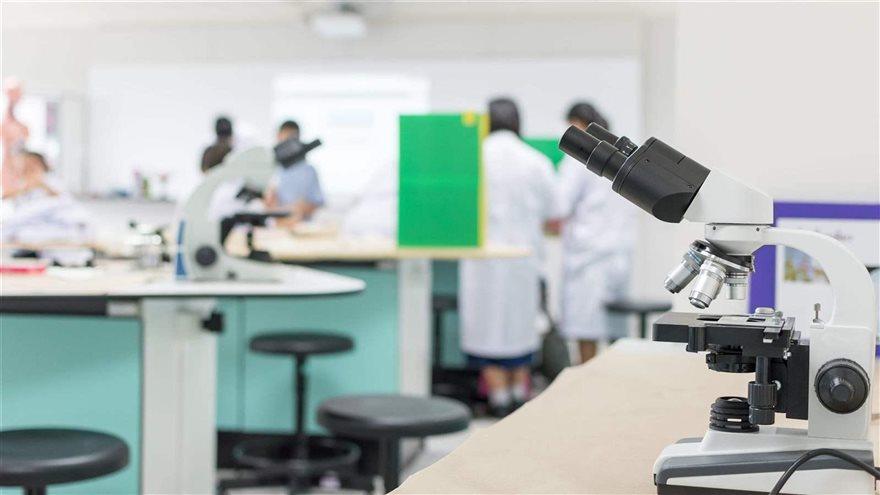Harriet Cole: Drexel’s Longest-Serving Employee
 By Katie Clark
By Katie Clark
Editor's Note: Some of the information in this 2012 post is incorrect and does not reflect out current understanding and the documentation available. The way we understand history is shaped by what we know, what others knew, what has been shared or published, and the time we live in. For more information, visit our Historical Human Remains page. (Updated August 2022.)
As she swept the floors in the medical labs after hours, it’s unlikely Harriet Cole knew she’d one day be an icon.
When she emptied wastebaskets and wiped down tables and chairs, she probably wasn’t thinking she would be a first in the name of science.
And upon her untimely death, she couldn’t have known that, more than a century later, people would continue to marvel at what she’s made of.
Harriet Cole was a maid employed at what is known today as Drexel’s College of Medicine. Then, back in the late 19th century, it was called Hahnemann Medical College, and it was the place of employment of a Dr. Rufus B. Weaver, professor of anatomy. Among Harriet’s duties was cleaning up the room where Weaver dissected cadavers with his medical students.
According to Joanne Murray, historian and director of the College of Medicine’s Legacy Center, the story goes that Harriet suffered from tuberculosis and, just before she died at age 35, she willed her body to Dr. Weaver and requested it be used to benefit science.
“We presume that she saw and knew the kind of work he was doing and maybe they had conversations,” Murray says. “So, she decided to leave her body to him. I don’t know that she had any idea how he would use it.”
Dr. Weaver then proceeded with a medical “first” — the complete dissection and mounting of Harriet’s nervous system, a process that took him over five months of full-time work. Records from the Legacy Center indicate that at this time in medical history (1887), there had been no attempt to expose the entire system in a single specimen detached from all other parts. While Weaver’s intent was to employ “Harriet” as a teaching aid, he also entered this unique specimen at the Word’s Columbian Exhibition in 1893 in Chicago, where it received an exhibition medal and the blue-ribbon Premium Scientific Award, a suitable reward for Dr. Weaver’s patient and successful dissection.
“Harriet” was used as a teaching tool for many years. Her likeness has appeared in numerous textbooks, doctors’ offices, classrooms and laboratories throughout the country. Murray says that the Legacy Center still gets photo requests today from educators at colleges and high schools.
“It’s so interesting because, with all that we have electronically, all of the information that’s available today about the human nervous system, people love Harriet, they just love her,” says Murray. At Drexel, “Harriet” is no longer part of the curriculum — she greets current medical students from her glass-enclosed post just outside the bookstore in the Student Activities Center. She’s more like a piece of art, now, but her presence still commands respect. “People react strongly to ‘Harriet’ because it does have educational value,” Murray says. “Weaver worked long and hard making sure that every piece of it was there so that people could really see how intricate (the human nervous system) is. It gives you a better understanding of how it all works.” The Legacy Center is the repository for the records and heritage of the college and its predecessor institutions, including Woman’s Medical College of Pennsylvania (W/MCP) and Hahnemann University. Learn more at http://archives.drexelmed.edu/.
In This Article
Drexel News is produced by
University Marketing and Communications.
